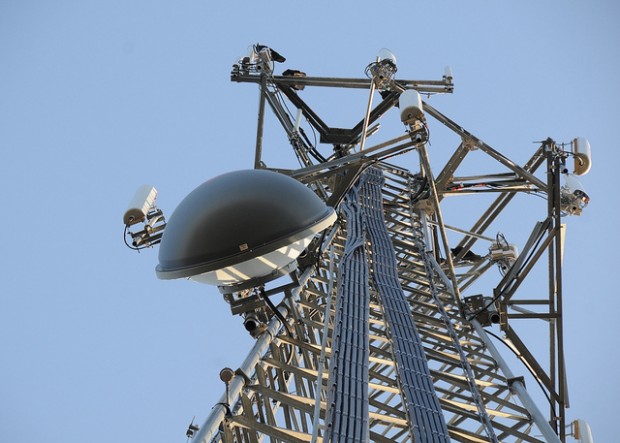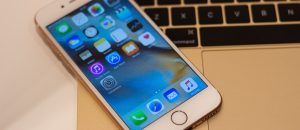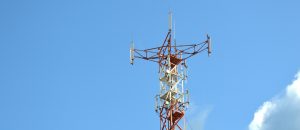No one on a capped data plan wants to go over their monthly — or daily or whatever — limit because overage charges are often extreme. So you would think carriers would have a system in place to ensure accurate counting of data usage,. Yeah, not so much. According to computer scientist Chunyi Peng, a PhD candidate at University of California at Los Angeles, carriers are billing customers for data customers never use.
Peng, along with three colleagues, ran a study on two of the big four carriers in the United States. While she did not reveal which two, she does say the two carriers make up over 50% of the cell phone subscribers base in the United States. In this study, Peng and her team created a custom data tracking Android app and compared the app’s results to what the carriers claimed Peng was using monthly. Peng found for the most part carrier count of data usage is accurate but in some situations carriers tend to over count. In particular, Peng says carriers do not properly count data when users stream videos or audio files, or when users are in an area of low reception. This happens because of the way carriers count data usage.
Data is counted as used once it leaves a carrier network and goes towards the mobile tower closest to the user requesting the data; it does not matter if the user actually receives that data from the mobile tower — the data is still counted towards the user’s quota. This method of counting tends to overstate data usage when in areas of weak reception because a smartphone may make a request for some content but never actually receive that content due to loss connection; miscounting data usage in regards to streaming video or audio occurs because streaming video/audio protocols do not require devices to send a confirmation back to networks that data has been received, so apps can potentially continue to request more data for the stream without users ever actually getting the data. The issue is compounded when viewing streaming content in an area of low reception.
According to Peng, for the average Joe who has normal smartphone usage habits, monthly data usage can be overstated by 5%-7%. As Technology Review points out, this can lead to significant overage charges for people on data-capped plans with the two largest carriers in the United States — AT&T and Verizon — charging $15 for every 1GB of data usage over the monthly limit.
For people who tend to be heavy streamers or tend to spend a lot of time in poor reception areas, the over counting of data usage “apparently [has] no limit”: Peng and her team were able to build up a charge of 450MB of data they never actually used or received. Peng says 450MB is not a hard limit and is only a point at which their team decided to stop — it can go higher.
On the flip side, Peng points out there are ways to actually trick networks into not counting data usage. You see carriers don’t use DNS requests towards data usage so Peng and her team were able to use 200MB of data disguised as DNS requests (thanks to a custom app they developed) and were never charged for it.
While the study by Peng was conducted on American wireless carriers using an Android device, there is nothing in the study to indicate the issues mentioned above are limited to USA cell phone networks and the Android platform. Indeed since the issue is with the technology carriers use to count data usage, this is likely happening all around the world and on all mobile platforms. Yes, that means your iPhone, too.
Carriers will likely move quickly to close the DNS requests loophole in their networks because of the negative impact abuse of the loophole will have on their networks. How quickly carriers fix their counting of data, however, is unclear because, technically speaking, costs are incurred by the carrier when data leaves their network… regardless of if the end user gets that data or not. So carriers might not be so excited to fix their methods though Peng points out the fix should be quick and painless if they do decide to go for it.
If you are wondering how you can protect yourself from being charged for data you never used, there isn’t much you can do. There are data usage counting apps out there on all major mobile platforms (see dotTech’s article on Best Free Network Data Usage Monitor for Android) but carriers will rarely, if ever, accept the amount recorded by an app over their own numbers.
[via Technology Review | Image via USDAgov]

 Email article
Email article




